SUMMARY
This is AI generated summarization, which may have errors. For context, always refer to the full article.
![[ANALYSIS] America’s ‘hemispheric arc of denial’ vs its global enemies](https://www.rappler.com/tachyon/2021/02/Americas-Hemispheric-arc-of-denial-February-24-2021-1.jpg)
America’s waning superpower status in the post-Donald Trump era will compel it to relentlessly pursue its worldwide strategic aims and interests through a more aggressive and belligerent global agenda. Yet this expected course of action, which arrives as the United States prepares to mark the 20th anniversary of 9/11 later this year, is not new to America’s external relations posture, because it remains guided and framed by the historical precepts of US foreign policy. Its projected content and contours will largely be based upon a framework which has traditionally been influenced and shaped since Harry Truman’s presidency in the early years of the Cold War and generally continues into the 21st century.
Thus, Washington’s principal foreign relations thrusts in the coming decades shall be to endeavor a direct challenge to deny its targeted global enemies from gaining any advantageous maneuver space for their expansive influence and control across key areas of the globe. In this way, US imperialism’s “Global War OF Terror” will endure as America ardently attempts to recalibrate its balance on the world stage to recoup its past hegemonic standing.
In fact, this was the repeated assertion throughout President Joe Biden’s first foreign policy address at the US State Department last February 4. The central theme and message that ran all through Biden’s global policy speech was to vitally reassert and bring back America’s erstwhile position of leadership dominance in the international arena.
Accordingly, the White House’s global relations schema will seek to fervently impose America’s own brand of imperious rules and dictates upon its foreign friends and foes alike. In this particular manner, the US will essentially embark on an international crusade aimed at building American-led alliances to “meet this new moment” of challenges in order to forcefully stop and deny the greater growth and expansion of both China and Russia. Viewed from the lens of American imperialism’s constant need to uphold its traditional hegemony over the capitalist world system through any decade, creating a fresh list of its latest global enemies can thus make it easier for America to redivide and reorder the international order based on neoteric spheres of domination and influence under US leadership.
Consequently, by labeling Beijing and Moscow as Washington’s “most serious competitor(s)” with “growing ambitions” to rival America, Biden’s global outlook and assertions are now clearly armed with a reactionary international narrative to convincingly dictate a common discourse, tempo, and direction in world affairs. This is obviously calculated to gain additional allies for America’s planned alliances, which will be geared to effectively counter the strategic China-Russia partnership. Similarly, and within this same context too, both Iran and North Korea — undoubtedly close foreign allies of Beijing and Moscow — are also to be viewed and classified by Washington as clear and imminent threats to America’s foreign policy and global security concerns in the current juncture.
Likewise, an enormously significant geopolitical reality is the fact that all of these 4 countries hostile to American global interests are geographically located within the Eastern Hemisphere. This stark circumstance makes the growing tensions and quarrels all the more dangerously explosive to our planet’s mass majority. This is because over 80% of humanity lives within the vast realms of the Eastern Hemisphere, the larger of the two hemispheres on earth terrain-wise. In geographic terms, the Eastern Hemisphere’s colossally immense land and maritime space covers the Eurasian landmass (including most of Europe and Russia), all the sub-regions of Asia, and both the continents of Africa and Australia. Moreover, this hemisphere contains immeasurably immense amounts of raw minerals and other natural resources which are much-needed to sustain the advanced economic structures of the great powers.
It is against this backdrop that China’s foreign policy agenda is rapidly pursuing its grand strategy of the Belt and Road Initiative (BRI) to essentially unite this massively contiguous area of the world behind Beijing’s market-oriented leadership to outflank America’s militarist misadventures. Indeed, the Communist Party of China’s long march along the capitalist road since 1977 has not just concretely restored capitalism in China.
Additionally, China’s bourgeois-revisionist process has also transformed the country into a social imperialist power that presently exhibits imperialism’s key features. A basic aspect is Beijing’s spreading hemispheric influence which has by now visibly drawn Moscow, Tehran, and Pyongyang into China’s anti-US sphere.
Absolutely, it is this Eastern Hemisphere-based united front defying America’s international arrogance that impels Biden to declare it as an enemy of the American sphere of influence. Nonetheless, US imperialist planners are all too aware that whichever power effectively controls the world’s largest hemisphere essentially dominates the international system and leads in global affairs.
Hence, today’s emergent universal conflict will certainly be contested within a world system that is fundamentally arranged along capitalist-neoliberal lines. The world system’s global political economy, which is structured upon the international division of labor’s 3 integral zones of the core, semi-periphery, and periphery, will definitely shape and define the general direction and potential outcomes of this new global battle.
Accordingly, the world system still sharply reflects an international order that mainly remains divided between two major and opposing ideological camps — the capitalist and socialist camps. Nevertheless, the dominant camp of capitalism is further fractured by two contending imperialist blocs vying for their own respective spheres of influence and zones of control around the globe. As such, the leading imperialist bloc — chiefly commanded by US imperialism — will now be locked in a spiraling cold war with its rival bloc — led by Chinese social imperialism — over preeminent access to vital mineral resources, sustainable energy sources, and strategic overland and maritime routes.
In key terms, the central encounters of this neo-Sino-American cold war will be waged via a spectrum encompassing multiple domains — economic-social-political-diplomatic-military-technological. Operationally, this will basically be carried out through Washington’s and Beijing’s persistent activities and actions to protect and advance their respective foreign policy goals abroad. In particular, this will force America and China to urgently expand and enhance their power and influence over allied state-based regimes, maintain unimpeded access to national and regional markets for trade and finance purposes, acquire command and control over military bases on foreign soil, and cultivate and develop non-state allies as potential counter-state forces for any future regime-change objectives.
In their pursuit of these mutual purposes and intentions, America and China will deeply attempt to set and mold their respective alliances to act as buffers that can further provide them with some necessary strategic depth. Therefore, both US imperialism and Chinese social imperialism, as the world’s top two contending great powers of the present age, are now directly countering each other’s extending spheres of dominance and influence.
Hence, an arc of US-directed alliances will inevitably be established and augmented all across the Eastern Hemisphere’s frontiers flanking China, Russia, Iran, and North Korea to deny the latter states from extending their powers and sway. This “hemispheric arc of denial’ will broadly comprise regional alliances centered on Europe, Africa, West Asia, and the Asia-Indo-Pacific area. Lastly, America will strive to maximize the alliance stratagem to alter the global order to its ultimate advantage. – Rappler.com
Rasti Delizo is an international affairs analyst and a longtime activist in the socialist movement.
Add a comment
How does this make you feel?
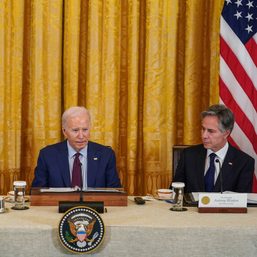
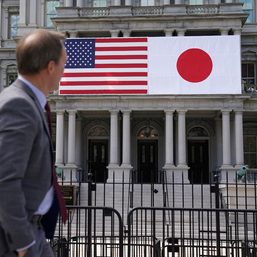
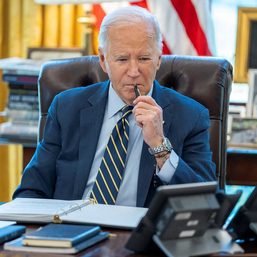

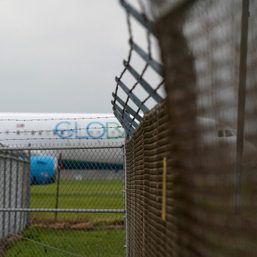


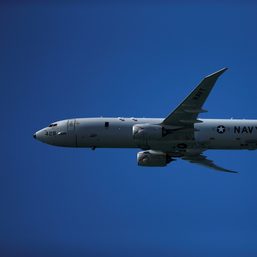


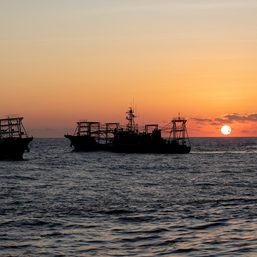
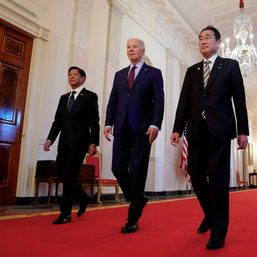
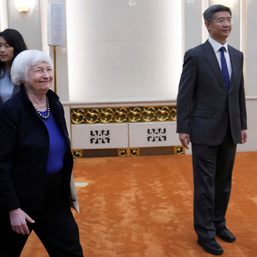
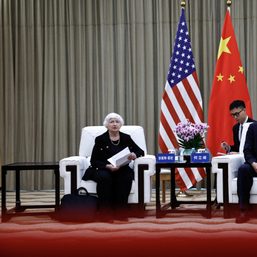
There are no comments yet. Add your comment to start the conversation.